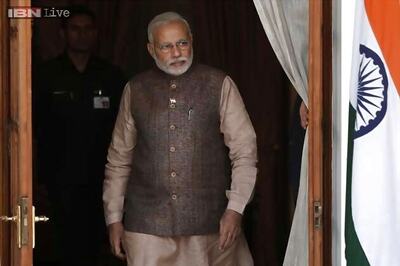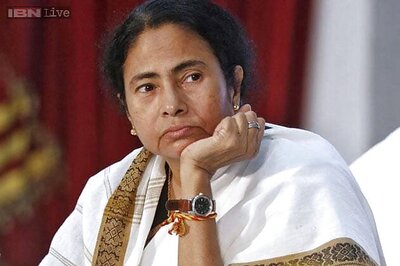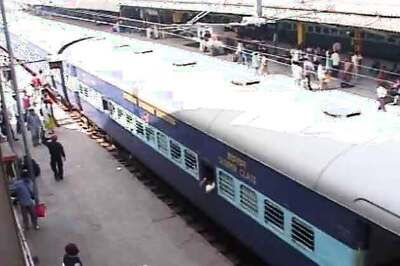
views
New Delhi: In his budget speech 2019, Finance Minister Piyush Goyal announced an allocation of Rs 1,58,658 crore for the Railway Ministry, a drop of .39% over last year’s allocation. The allocation for Railways is 6.08% of the total budget presented by Goyal in Parliament.
Last-year, capital expenditure in the Railways sector was Rs 1,48,528 crore for Financial Year 2018-19. This made up for 6.08 percent of the total budget Rs 2,442,213 crore for the year.
For the year 2017-18, the NDA government had allocated Rs 1,31,000 crore for the ministry which was 6.1 percent of the total budget of Rs 21,46,734 crore for the year.
The budget for the Railways, which was a separate annual financial statement for rail transport in the country, was merged with the general budget from 2017-18 onwards.
Out the total budget allocated, Rs Rs 2,181.67 crore will be establishment expenditure borne by the Centre, while Rs 66,768.67 crore will be spent on central sector schemes/projects.
Last year, the government had announced the procurement of 12,000 wagons, 5,160 coaches and around 700 locomotives through the year and had planned the redevelopment of 600 major railway stations in the budget 208-19.
Railways’ internal revenue for 2018-19 was estimated at Rs 2,01,090 crore, a figure that is 7 percent higher than the revised estimates of 2017-18. Majority of the revenue comes from traffic (both freight and passenger), and is pegged at Rs 2,00,840 crore.
According to a PRS report, The Committee on Restructuring Railways (2015) had observed that raising revenue for Railways is a challenge for several reasons. First, the investment is made in projects that do not have traffic and, therefore, do not generate revenue. Second, the efficiency improvements do not result in increasing revenue and delays in projects results in cost escalation, which makes it difficult to recover costs.




















Comments
0 comment